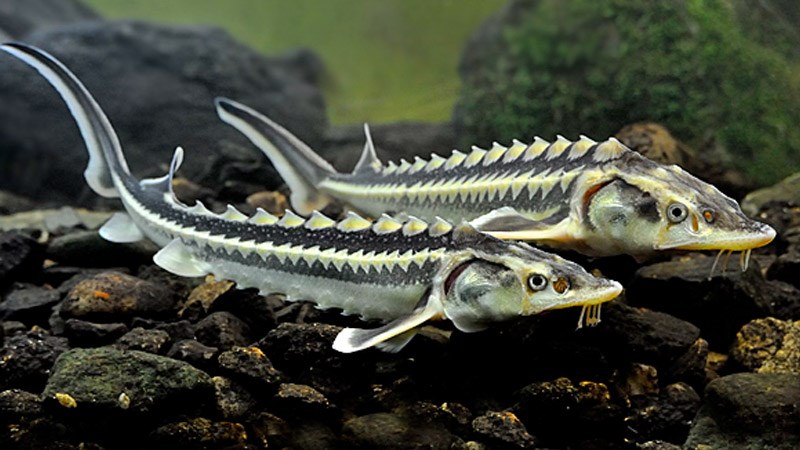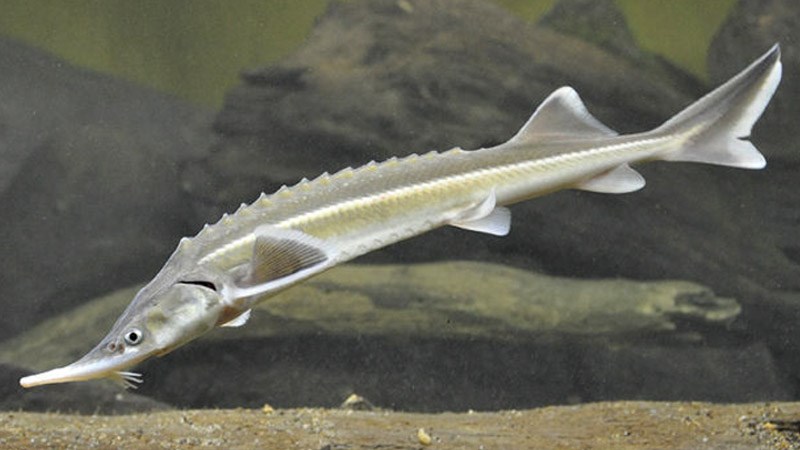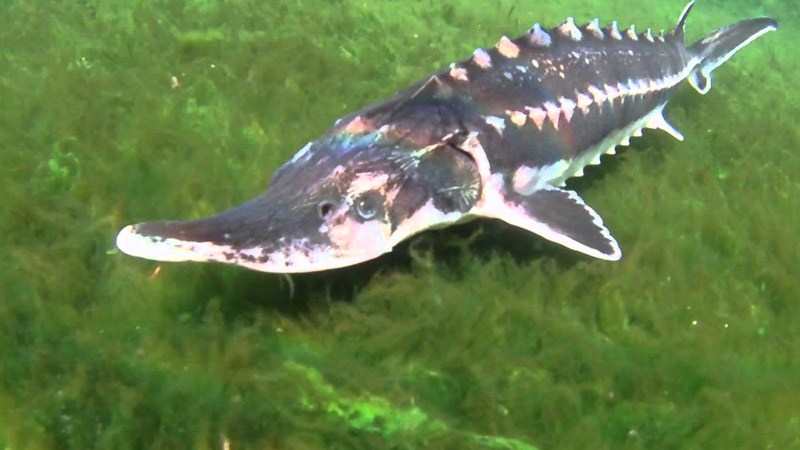Guardians of the Deep: Preserving the Majesty of the Endangered Beluga Sturgeon
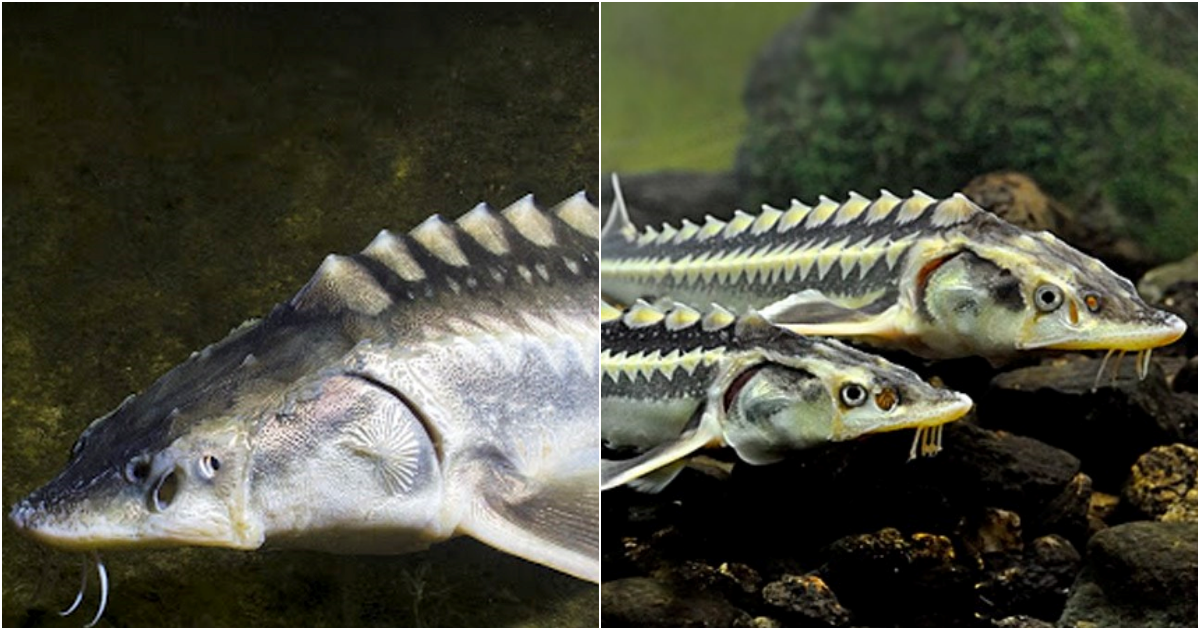
The Beluga sturgeon, also known as the Russian sturgeon or Caspian sturgeon, is a species of fish belonging to the Sturgeon family and is one of the largest and most endangered sturgeon species in the world. With its unique appearance and high economic value, the Beluga sturgeon has captured the attention of people for many decades.
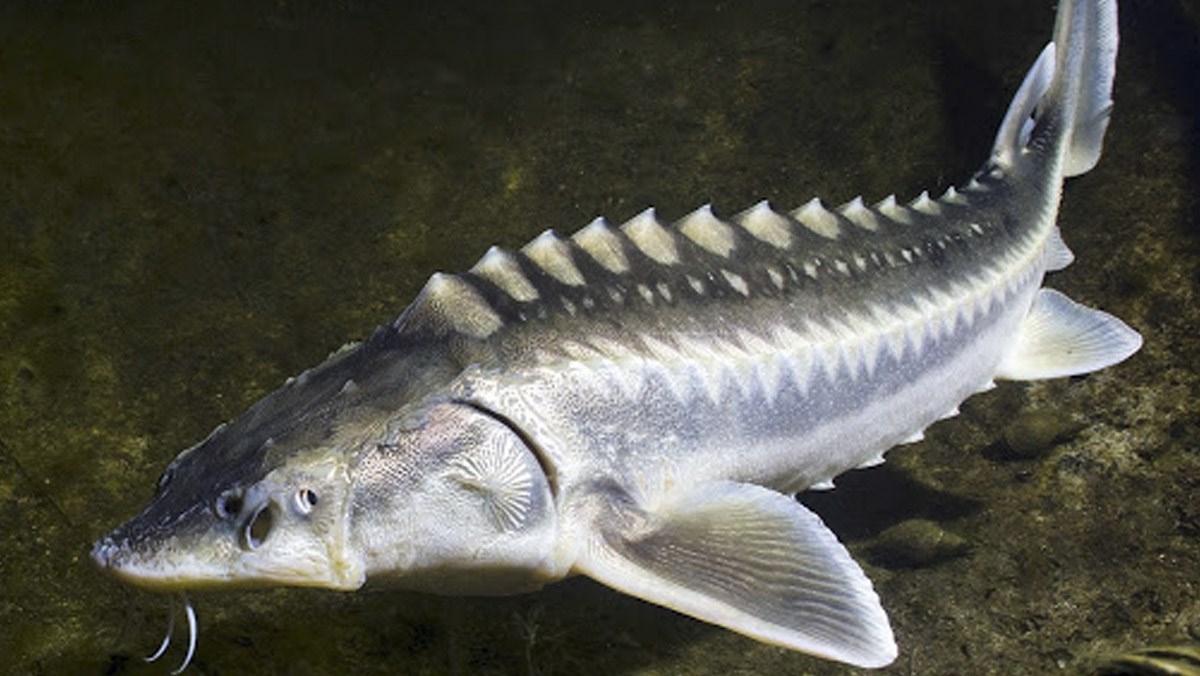
Beluga sturgeon originates from the river and lake systems in the Caspian Sea and Black Sea regions, particularly in Russia, Kazakhstan, and Azerbaijan. They can live up to 100 years old and reach weights of several hundred kilograms. A distinctive feature of the Beluga sturgeon is its silver-colored scales, which contribute to its stunning appearance. Furthermore, the Beluga sturgeon is also famous for its fish roe, known as one of the most expensive types of caviar in the world.

However, the Beluga sturgeon is facing the risk of extinction due to various factors. One of them is overfishing by humans to meet the high demand for Beluga caviar and sturgeon meat in the international market. The extinction of the Beluga sturgeon would cause a severe imbalance in river and marine ecosystems and affect the supply of sturgeon-derived products.

To protect the Beluga sturgeon and sustain the species, environmental conservation measures and resource management are being implemented. This includes limiting sturgeon harvesting, establishing conservation areas, and enhancing education and public awareness about the importance of protecting this species.

The Beluga sturgeon is not only a cultural icon and natural wonder but also serves as a reminder of the importance of preserving biodiversity and maintaining the delicate balance of our ecosystems. Efforts to protect and restore the Beluga sturgeon population are essential for the long-term sustainability of this magnificent species and the preservation of our natural heritage.
